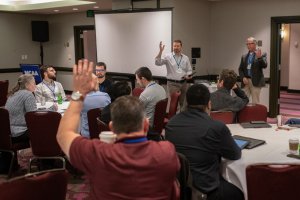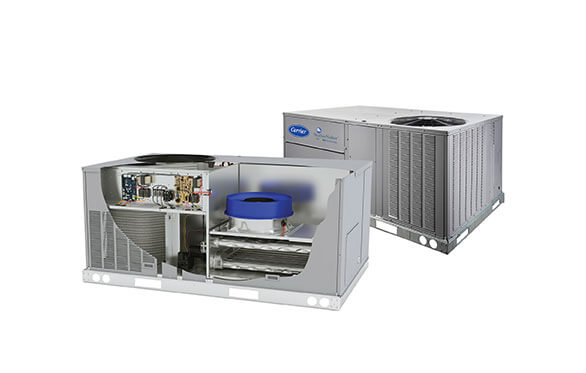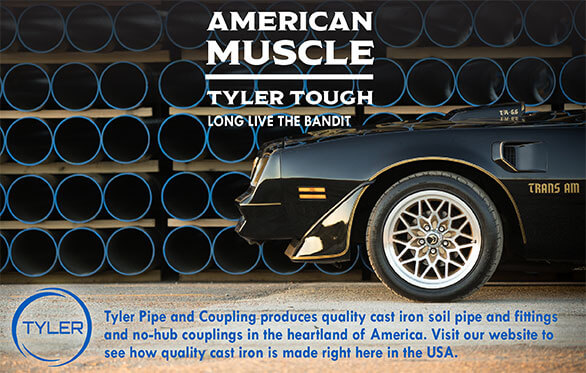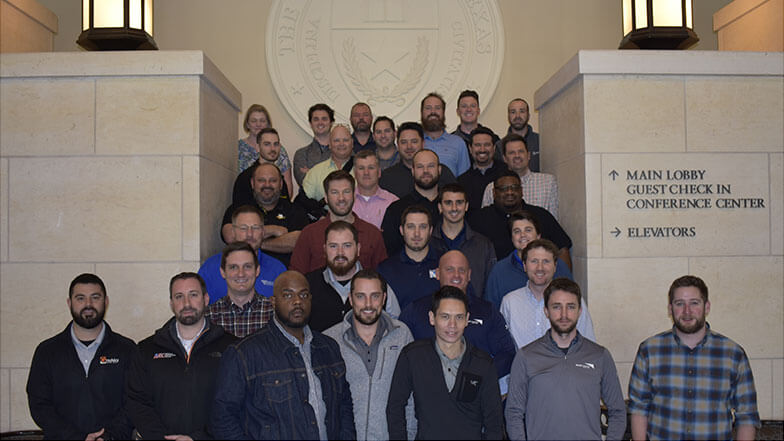Current Mechanical Improves Efficiency and Bottom Line with Jonas Construction Software
By implementing Jonas Construction Software solutions in the back office and on the front lines of service, Current Mechanical has made operations more efficient across the board, boosting the bottom line. Current Mechanical ultimately selected Jonas after speaking with many existing Jonas clients, researching competitors, and experiencing several demonstrations. “The overall positive feedback we received from others we spoke to within and even outside our industry really sold us on the software,” said Ted Current, vice president and CFO of Current Mechanical.
Established in 1978, Current Mechanical is a family-owned, high-quality solution that offers a complete range of services to ensure that clients’ buildings and homes are healthy, comfortable, and energy efficient. Current Mechanical’s services range from preconstruction consultation to custom fabrication in their prefabrication shop to annual preventive maintenance. Their mission is to solve customers’ problems by finding the right solutions for each unique customer. So, it is fitting that Current Mechanical took the time to find the right solution for themselves.
User-Friendly Software
Since putting the Jonas software in place, Current Mechanical is running a more efficient and integrated business. With the user-friendly nature of the software, real-time reports are easier and quicker to create, and the ability to create a new job is now seamless. On the service side, Current Mechanical is fully operational on Jonas eMobile, so technicians can perform and complete jobs directly from the field using their tablet devices.
“Before we had eMobile, we were using a lot more pen and paper, which was definitely less efficient,” stated Current. “Now, since implementing Jonas eMobile, our techs are able to complete jobs from the field and no longer have to return to the office to drop off their paperwork on a weekly basis, which has really allowed us to have access to more timely information.”
In addition, Current Mechanical no longer needs to run reports for every single aspect of their business. Instead, they can go directly into the Jonas system and access information in real time.
Faster Billing, Less Paperwork
The benefits to the business have been tremendous. Current Mechanical is now able to bill much quicker and has been able to reduce payroll processing time.
“Jonas has allowed us to significantly reduce our manual data entry, thanks to their mobile solutions and fully integrated nature, which has allowed us to save about half a day of data entry for our payroll staff,” Current said.
Seamless Transitions
Current Mechanical recently acquired two businesses on the residential side, and both were using QuickBooks. Both have since seamlessly transitioned off of QuickBooks and on to Jonas, allowing Current Mechanical to operate with only one accounting system and centralize all of their data. Current Mechanical was also using Trimble ConstructJob software, which has now been replaced with Jonas’ Project Management solution.
“By transitioning off both QuickBooks and ConstructJob and only using Jonas for all our functional business areas, we have been able to reduce our overall software costs and improve our bottom line,” said Current.
“Jonas has allowed us to significantly reduce our manual data entry, thanks to their mobile solutions and fully integrated nature, which has allowed us to save about half a day of data entry for our payroll staff.”
— Ted Current, Vice President, CFO, Current Mechanical
As a whole, Current Mechanical has been able to grow their business without having to add any back-office personnel, all while running on Jonas. They have also seen an increase in employee satisfaction, as several of their staff are now using Jonas who were not using the old software.
Growing Together
While the decision to make the switch to Jonas involved a lengthy and exhaustive search, Current is sure it was the right decision. “We really find Jonas to be a quality software solution, and we are very confident that as we grow, Jonas will be there to grow with us,” he said. In making the decision to invest in Jonas, Current Mechanical has been able to take their business to new heights and are now positioned for even greater success as they continue to grow and evolve.
For more information, visit www.jonasconstruction.com.
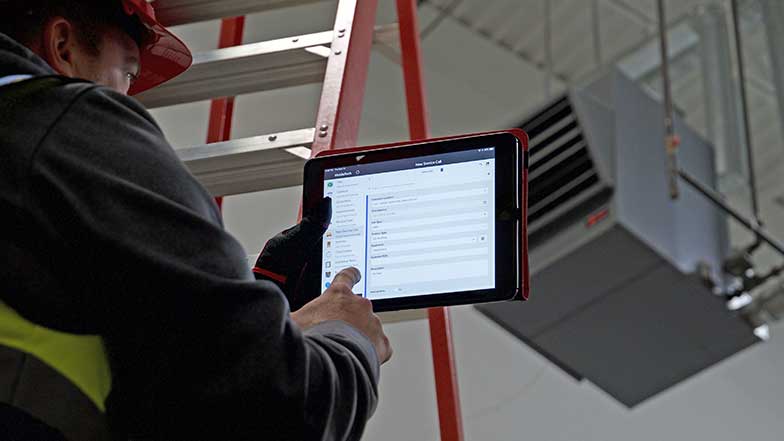
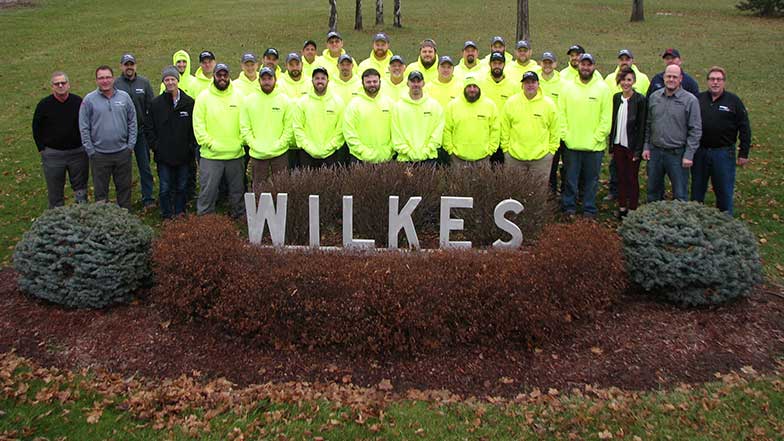
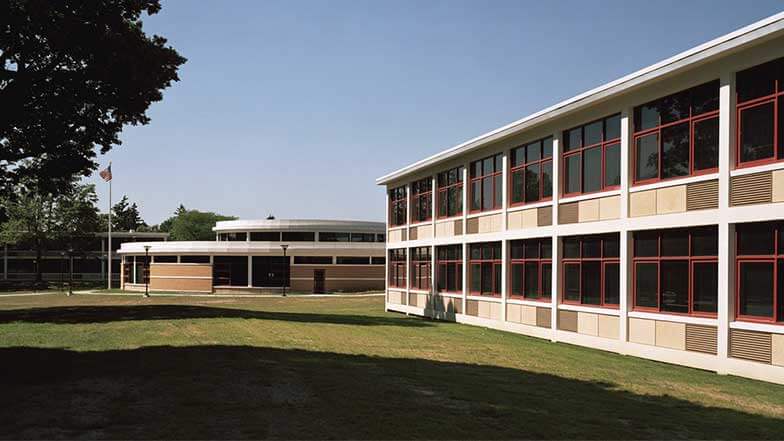
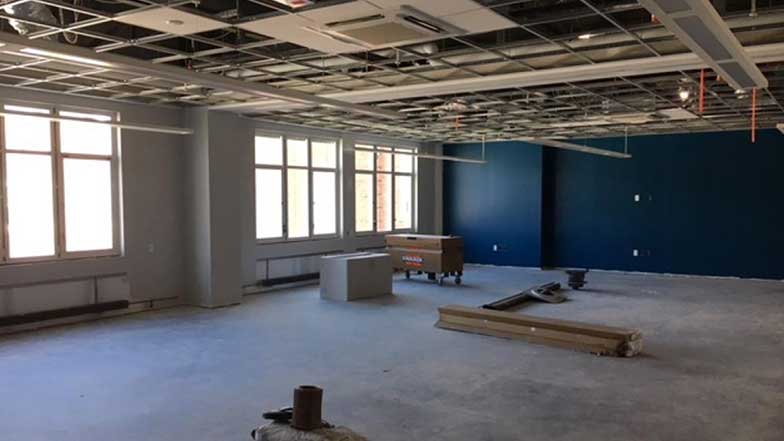

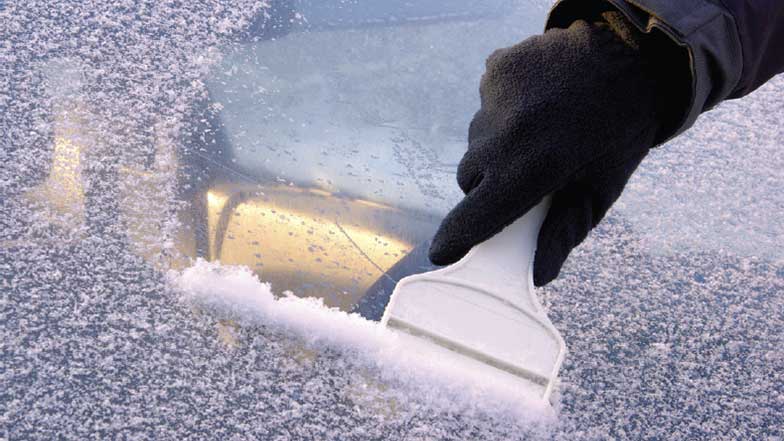
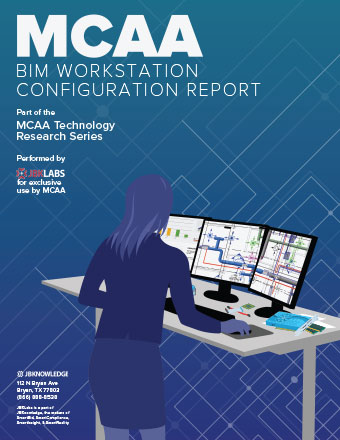

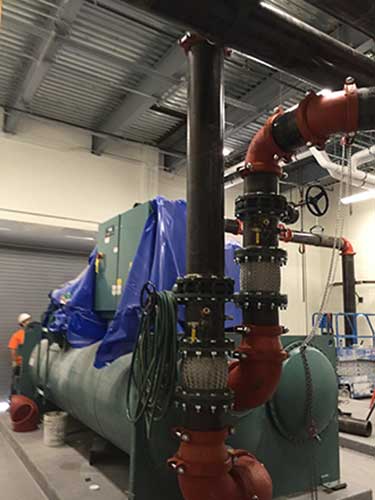

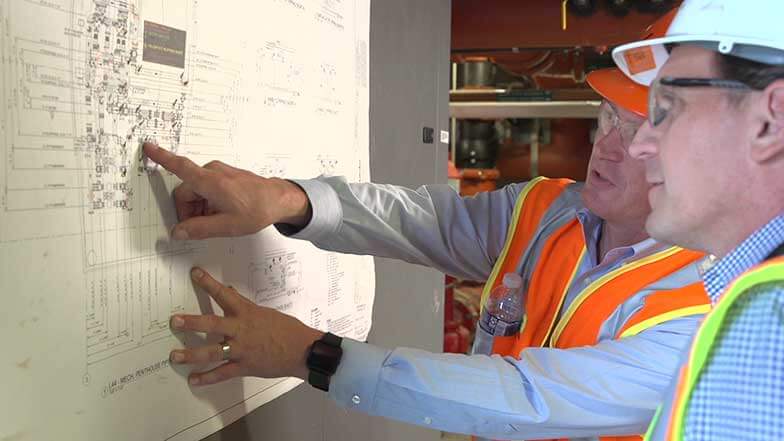
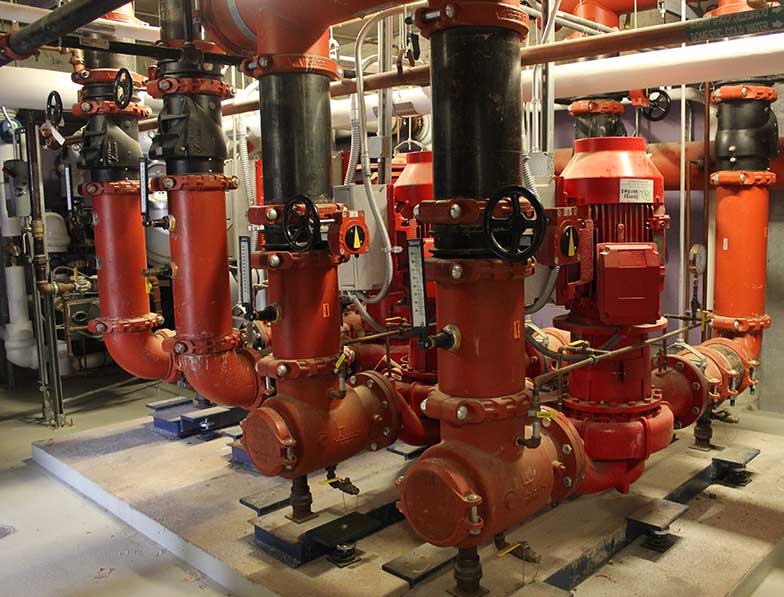
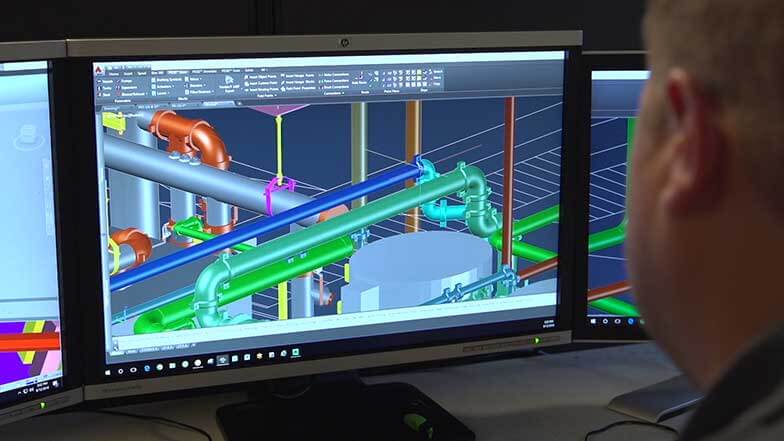
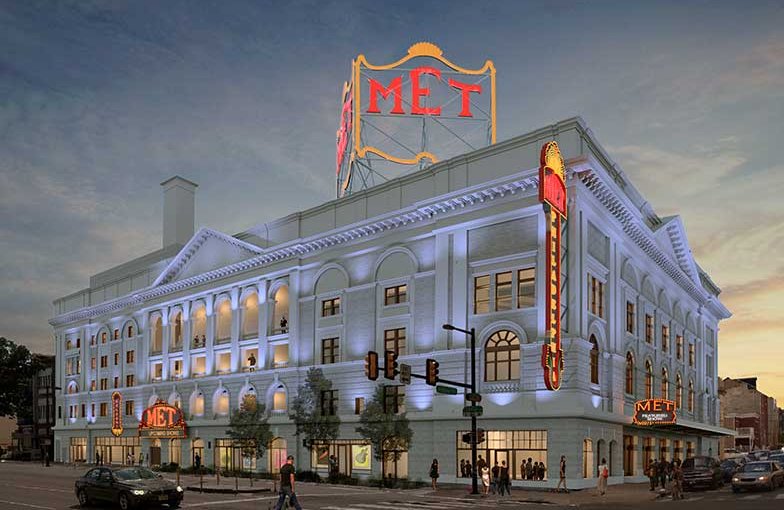
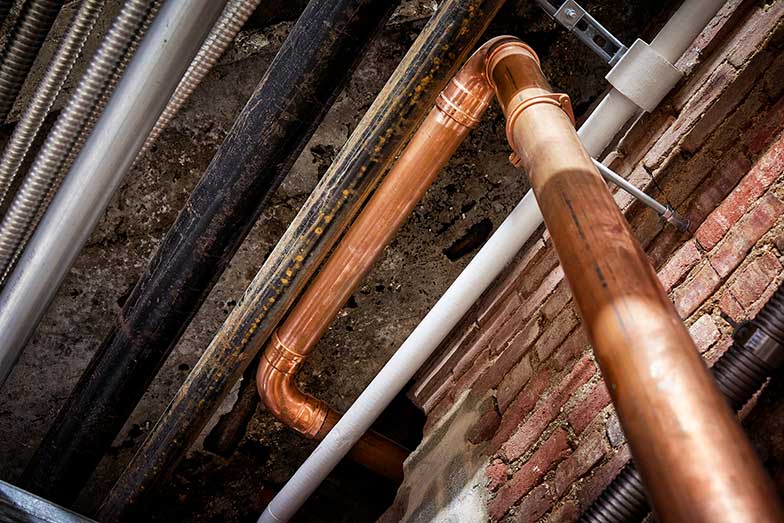
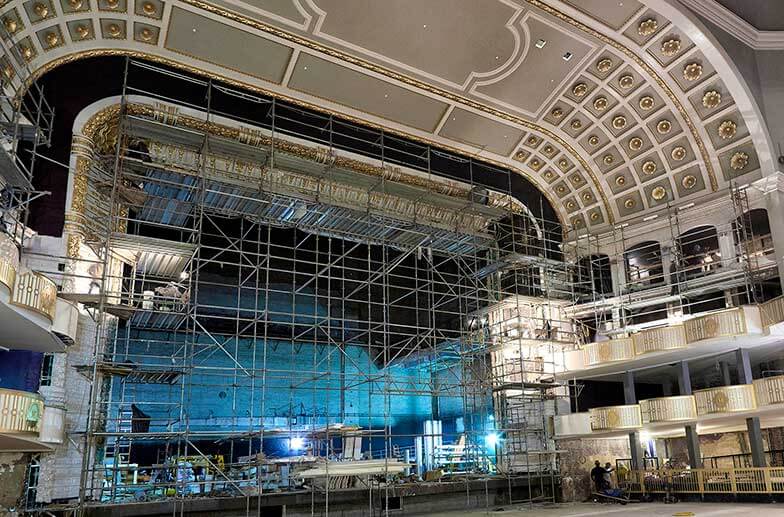
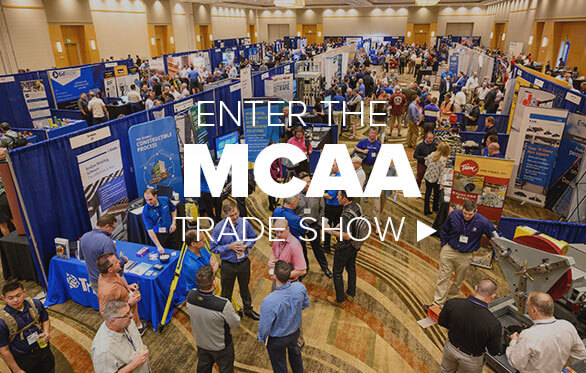
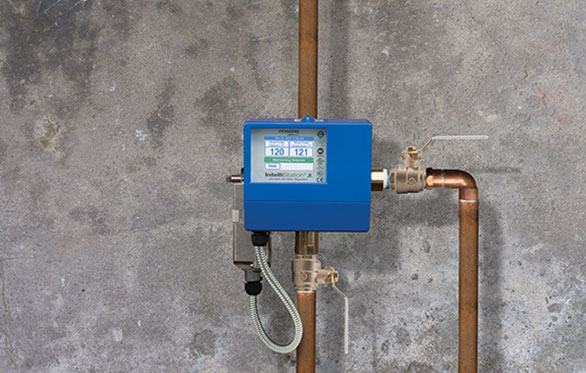
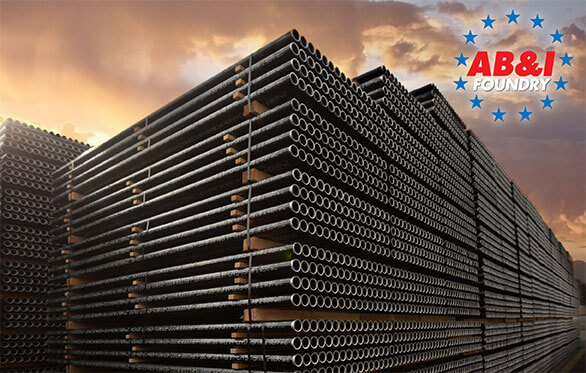
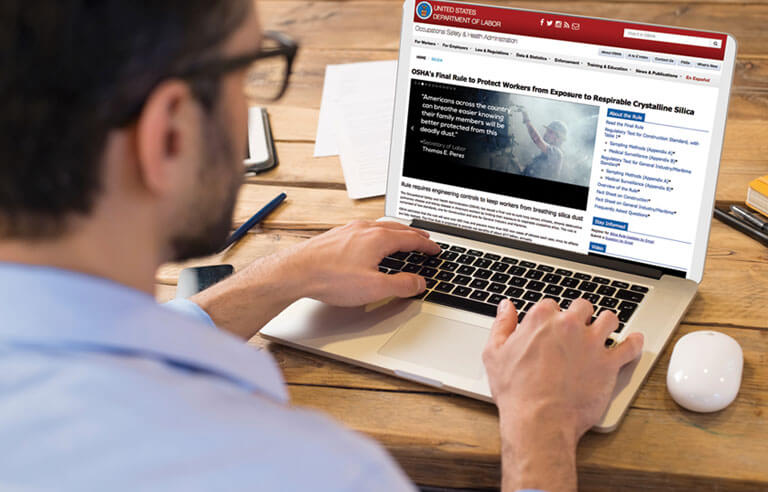


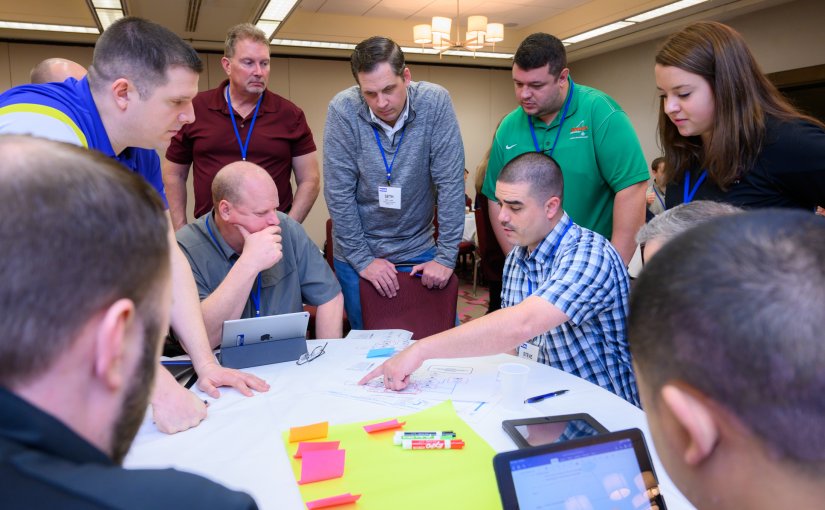
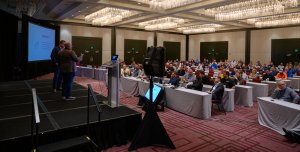 While much of the country faced record cold weather last week, approximately 250 MCAA members made their way to Tampa, Florida for the MCAA’s annual Technology Conference. The three day conference has evolved into an event where contractors are able to learn about the latest techniques, products, and software and connect with peers in similar roles across the country. One of these roles is an emerging position that many contractors have started developing in their companies over the last few years. As MCAA President-Elect Brian Helm from Mechanical, Inc. put it, “Every year, this conference grows bigger and gets better, but the comforting thing to me is seeing an emergence of a new group of construction technologists and how they are developing their own network in our association.”
While much of the country faced record cold weather last week, approximately 250 MCAA members made their way to Tampa, Florida for the MCAA’s annual Technology Conference. The three day conference has evolved into an event where contractors are able to learn about the latest techniques, products, and software and connect with peers in similar roles across the country. One of these roles is an emerging position that many contractors have started developing in their companies over the last few years. As MCAA President-Elect Brian Helm from Mechanical, Inc. put it, “Every year, this conference grows bigger and gets better, but the comforting thing to me is seeing an emergence of a new group of construction technologists and how they are developing their own network in our association.”